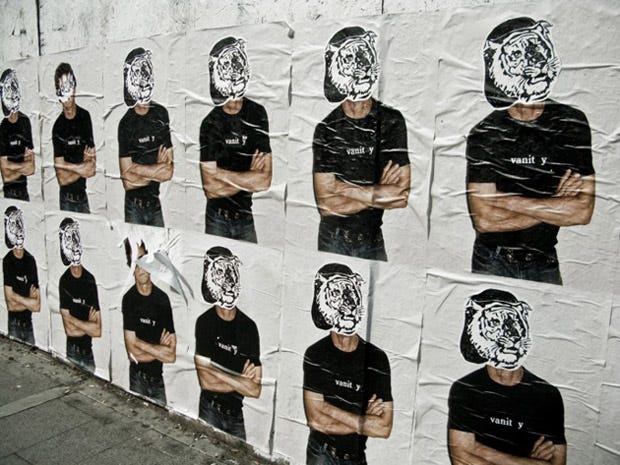The world of fashion is fickle. Brands that cultivate mass hype can be in one minute and out the next, with the biggest and brashest labels ascending the steps of popular style just to plummet back down to earth with one slight mishap or misfortune. As the fashion landscape becomes consumed by viral trends, it arguably lost its oomph with fashion's current cool factor becoming diluted and divided - and this split is felt across the industry.
There's a growing tension between being a fashion purist, someone who loves fashion and understands the significance, context, thought and time that goes into fashion and design, and being a fashion tourist, someone who jumps on the hype bandwagon and buys into whatever’s trending on TikTok. With shifting attitudes, ideals and opinions in fashion and an insider versus outsider mentality taking root, it can be hard for designers and brands to become truly embedded in culture and remain cool.
Where once independent designers and niche labels were cool because they were authentic, rebellious and did something a little different, in today's scene it can be hard for anyone to stand out from the crowd. The fashion sector is currently fragmented into hundreds if not thousands of pieces. The next chapter of cool may look very different to times past, but one thing is for sure fashions cool blueprint needs updating.
The culture shifters and new-era tastemakers
Aimé Leon Dore’s Teddy Santis going to New Balance to head up the creative direction for its premium Made in USA sub-line is just one example of a decades-old brand using a new-era tastemaker to appeal to new-gen consumers, but more of that to come in another newsletter. Fashion tops dogs and the people at the helm of cool brands are shifting modern-day culture, the same way Nike and Michael Jordan shook things up with the founding of the Air Jordan brand in 1984. Fashion brands old and new have worked with trailblazers, tastemakers, insiders and people rooted in niche and underground communities for decades, reimagining cool and promoting new visions in ways that can’t be pigeonholed and pinned down.
The culture of fashion is shifting. New fashionable demands are growing and a time of innovation has arrived, with clothes now playing more of an important role and cultural signifier that represent a sense of belonging and collective identity with cultural clout winning out over meaningless brand ethos. Ushering in these newer cooler fashion values are culture shifters that are bringing about industry-wide waves and changes, something that's long overdue.
Look no further than Aurora James, founder of the Fifteen Percent Pledge, a non-profit that has shaken up the way the fashion industry tackles inclusion and accountability. Or Adebayo Oke-Lawal, the chief executive and creative director of Orange Culture, a made in Nigeria brand that challenges gendered fashion by giving traditional styles a streetwear twist. And even Denim Tears founder and newly appointed Supreme creative director, Tremaine Emory, who challenges American politics and the Black experience through fashion, and HauteLeMode founder Luke Meagher who’s ushered in a new era of fashionable criticism that feels very Gen Z.
But what does cool even look like anymore?
Cool means different things to different people. In today's pop cultural landscape, the reinvention of brand iconography would have you believe cool is whatever is trending. Current ‘cool’ brands can absorb heritage iconography in such a way that it devoids it of its original meaning, re-establishing it as something that's synonymous with pop culture but which lacks a wider cultural context that can trace a brand's history and origins. Rather than fashion's current cool factor being based on what’s real and authentic, cool is morphing into something that's trending and algorithm related.
Brands with huge cult followings, the right collaboration at the right time, a slew of over-hyped limited-edition drops and partnerships with the influencer of the moment or a flavour-of-the-month celebrity may be some of the things that make a brand appear cool. But can cool be engineered, or is it something that needs to happen organically?
Either way, the cool brands that I like best are not the ones with high follower counts or the ones that are synonymous with fitting into a certain category or catering to a certain aesthetic. True cool brands are making fashion about more than just clothes. They create a community and lifestyle beyond their brand, something that’ll be cool now and in years to come.
Share this post, feel free to comment, and subscribe to Fashion Tingz to keep the conversation going.







